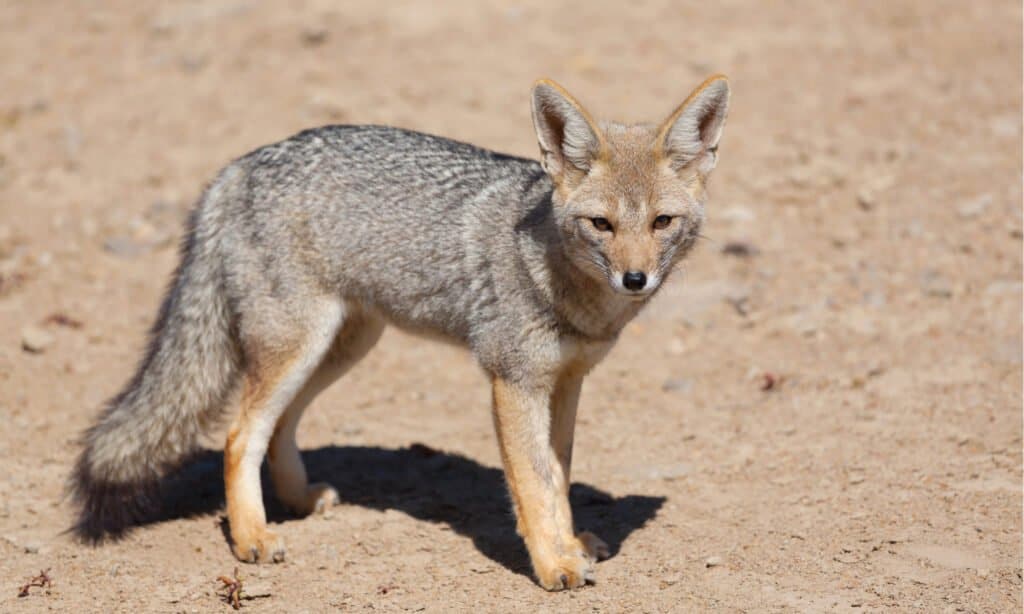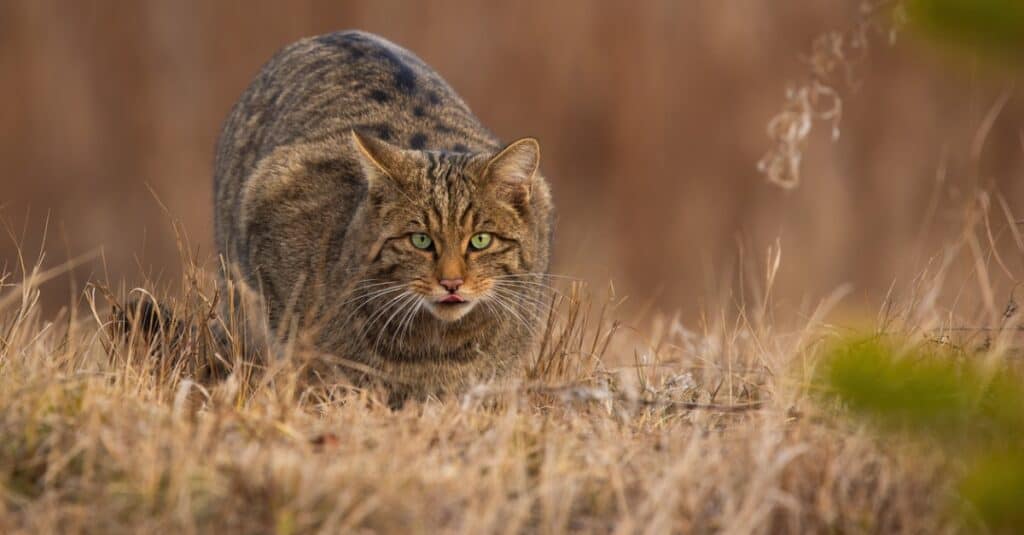Many mysteries and myths surround the existence of owls. While it is generally believed in Africa, the Middle East, and some native American traditions that owls are birds of evil omen, owls, as Japan would have it, bring good luck and offer security from suffering. To others, however, owls symbolize the figure of a guiding angel.
Background on Owls
History across many cultures has attributed owls to be objects of fear, respect, fascination, hatred, admiration, mysticism, medicine, and many more. Notwithstanding, these flying creatures are predominantly nocturnal birds of prey found in all continents (except Antarctica) and various habitats, from thick forests to open-air spaces spending much of their active time foraging for food. Owls range in size from the most diminutive tiny Elf owl to the relatively large Blakiston’s fish owl – the most enormous owl in the world.
Owls are lovely creatures with many unique characteristics. They are exclusively carnivorous, and they use their sharp claws and curved beaks to hunt, kill, and eat other animals. Owls eat mammals (small rodents) such as voles and rats, lizards, squirrels, rabbits, frogs, mice, fish, snakes, etc. Are there any powerful animals to go up against these nocturnal, solitary predators? Well, let’s find out!
What Eats Owls?

Young and weak owls fall prey to wildcats, foxes, raccoons, and eagles.
©Alan Tunnicliffe/Shutterstock.com
Animals such as wildcats, foxes, raccoons, weasels, snakes, squirrels, hawks, skunks, and eagles eat owls. The access these predators have to these winged creatures depends on the owl’s habitat, size, and species. Owls are at the high-end of the food chain, and luckily, they do not have many natural predators. For instance, adult owls don’t typically fall prey to other animals as a source of food, but the case is different for their young. Surprisingly, owls also prey on themselves. Since they are nocturnal, they become vulnerable to other nocturnal predators, who pick them up at night or occasionally in the early hours of the day. Owl predators mainly focus on the young and weak to increase their chances for a successful hunt.
Owl Predators: Foxes

Most cases of fox attacks on owlets are carried out to feed their cubs.
©sunsinger/Shutterstock.com
Foxes hunt and kill owls depending on the season, size, habitat, and availability of owls. These medium-sized, bushy-tailed wild dogs mostly carry out their hunt on owls during the spring and summer seasons; when caring for their young. Fortunately, they take advantage when these owls leave their nests and owlets unguarded. The fox takes a stealthy approach and takes advantage of unguarded nests to eat owlets. However, in most cases, foxes prey on owls to feed their cubs as they have little to no interest in feeding on birds.
Owl Predators: Snakes
Snakes hunt and eat owls and owl eggs. When the mother owl is away for hunting, the snake takes advantage and climbs the tree and slowly slithers towards the nest to eat the helpless owlets and eggs. More advantageous to the snake, the short-eared owl nests on the ground, in grasses, and plants – this sadly makes it pretty accessible for these gliding creatures to hunt and eat owlets and owl eggs.
Owl Predators: Hawks
Hawks mainly go after weak, old, sick, injured owls or owlets. Interestingly, fledgling owls seem to be a good and easy catch for hawks.
Owl Predators: Wildcats

Wildcats are known to eat short-eared owls.
©iStock.com/JMrocek
Eggs and owlets alike are tasty for various animals such as wildcats. Wildcats find the most advantages with the short-eared owls, which nest on the ground. These wild cats attack the nests and eat owl chicks and eggs when the mother owl goes hunting.
Owl Predators: Eagles
Eagles, born out of territory dispute, are known to attack and kill owls. As high-order raptors, they prey on big animals for food. Eagles don’t practically prey on owls for food; however, owls’ eggs serve as food for them.
A List of Animals That Eat Owls
Owls on the high end of the food chain have just a few natural predators, unlike other animals. However, owlets, owls’ eggs, weak and sick owls are most vulnerable to predators. These predators include:
- Snakes
- Hawks
- Eagles
- Wildcats
- Foxes
- Skunks
- Raccoons
- Falcons
- Some owl species
- Prowling cats
- Opossums
- Foxes
- Crows
Do Humans Eat Owls?
No. Humans are not permitted to eat owls. Let’s find out why.
There are strict laws against hunting and killing owls – this, interestingly, provides strict protection for wild predators and numerous wildlife from going extinct. As stated in the Migratory Bird Treaty of 1918, eating owls is strictly forbidden, and this law also prohibits eating or keeping owls and their eggs in captivity. Violation of the law could result in heavy fines as high as $250,000 and $100,000 for an individual or an organization, respectively.
Apart from the above law that intends to keep the birds from extinction, owls generally are not a good delicacy for humans. They taste poor due to their diet and also have very little meat. They are unhealthy because they are ferocious messy eaters known for lousy feeding habits.
How Do Owls Protect Themselves?
Long and Sharp Claws
Owls’ feet are equipped with extremely long, sharp, and curved claws with which they dig to tear and rip their victims apart. Their beaks are also sharp and robust, allowing them to defend and tear apart predators and prey.
Hunting Style
The owl’s most incredible self-defense and attack advantage are its curved, sharp claws, making it easier to cling to the enemies while attacking with the feet first. It uses its claws/talons as its primary weapon during a fight.
Avoiding Predators
One of the best defense mechanisms for owls is to avoid predators altogether. Owls are exceptionally stealthy animals because of their serrated feathers, allowing them to fly with almost no noise, escaping predators. More interestingly, owls have big eyes that give better night vision than many animals.
Remaining Undetected/Camouflage
Even in total darkness, owls have the sight and hearing to detect their prey while remaining undetected. Owls employ the mechanism of camouflage to blend with their surroundings seamlessly.
Up Next:
The photo featured at the top of this post is © AlekseyKarpenko/Shutterstock.com
Thank you for reading! Have some feedback for us? Contact the AZ Animals editorial team.







